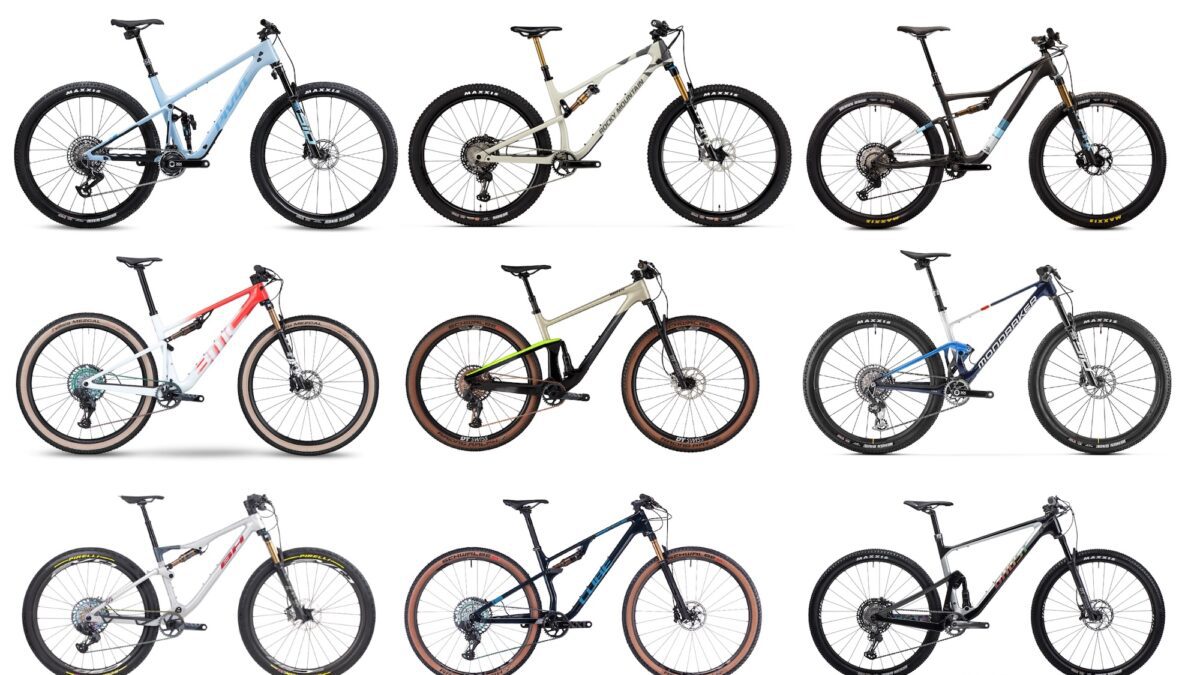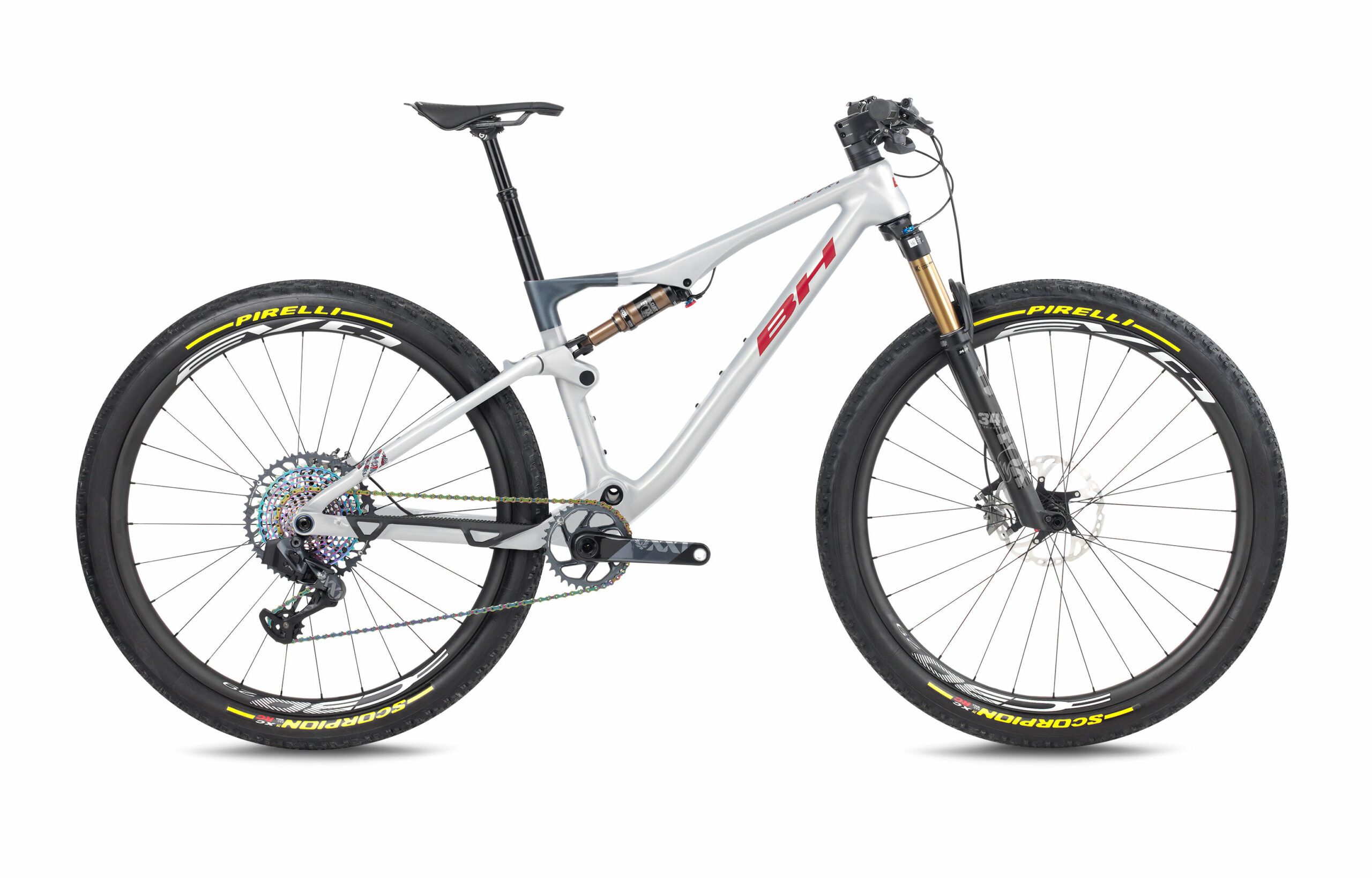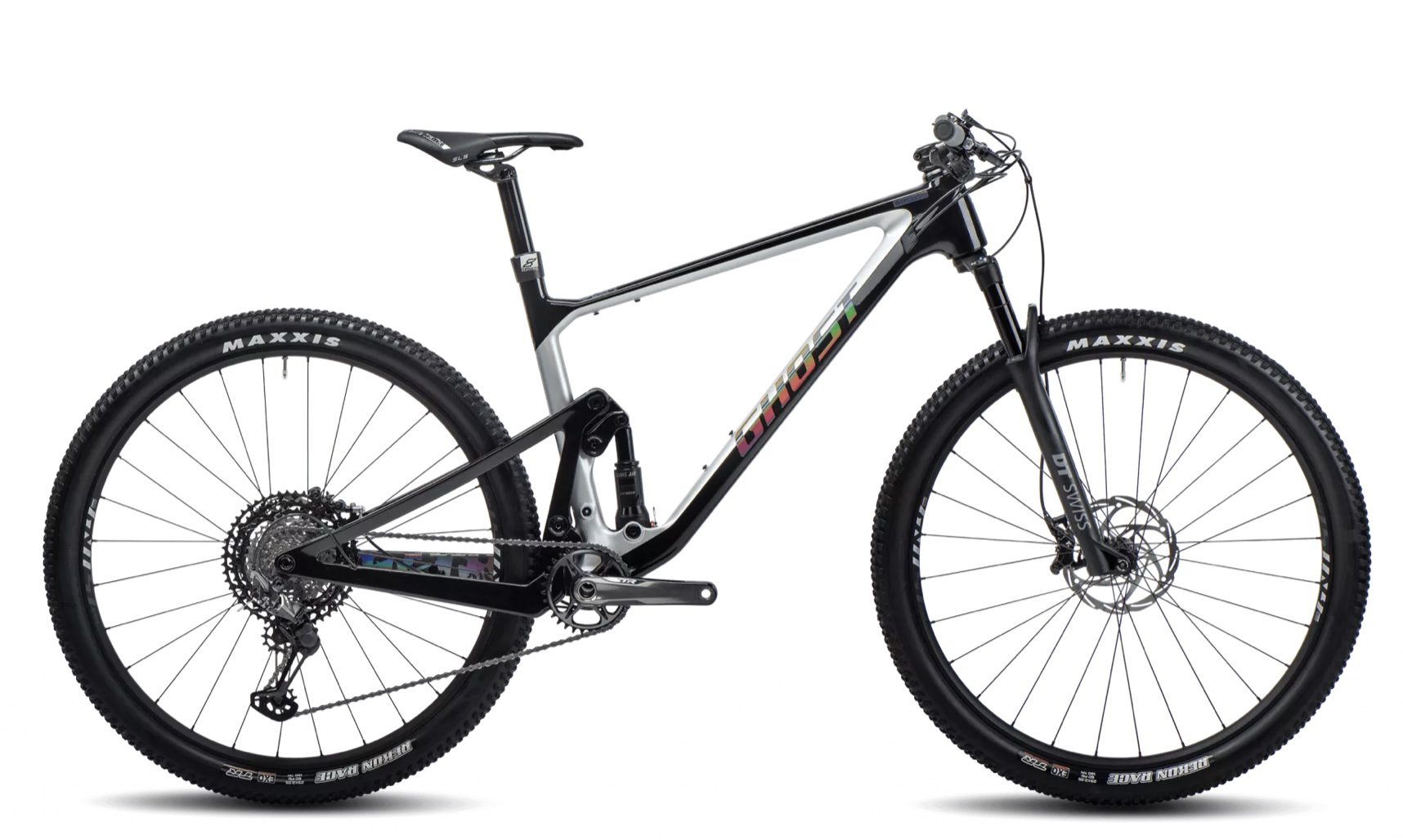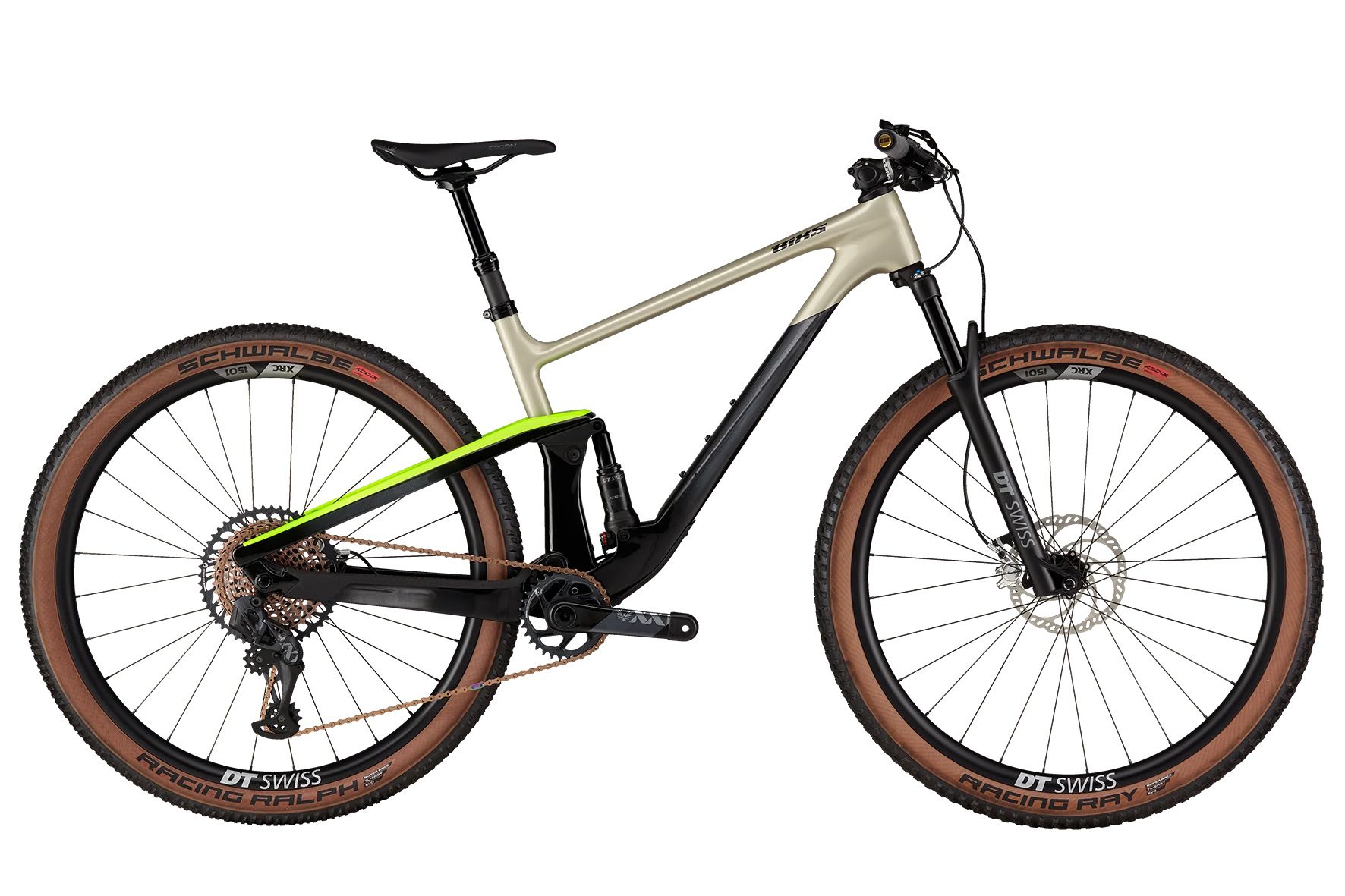11 innovative XC bikes bucking the trend
Finding speed through nifty shocks and creative linkages

To quote Robin Williams’ Genie from Aladdin, “Great minds think for themselves.” When we went looking for trends in design in cross country mountain biking we found a lot of bikes that looked the same. But we also found a few brands that are taking innovative approaches to going fast – and finding podiums as a result.
While flex-stays and single-pivot designs may be the mainstream these days, it is not your only option. Especially if you look beyond the North American market. Here’s 11 bikes that take a different line on race day. Whether that’s a creative approach to suspension design, a new feature or continuing to push the capabilities of an XC bike.
DW Links: Pivot and Ibis
Both the Pivot Mach 4 SL and Ibis Exie use the DW link rear suspension design. The Exie pairs 100mm of rear travel with 120mm front. Pivot gives the Mach 4 SL the option between 95/103mm or 106-115mm with a flip chip to adjust travel and 100 or 120mm forks options. Both take advantage of the DW link’s efficiency while on the pedals and traction on climbs and while descending. The extra links add a little weight and complication, but both brands see that as a fair trade-off for performance. Jenny Rissveds has earned numerous World Cup wins aboard the Ibis. After riding the Exie, we think it’s a pretty great bike, too.
Rocky Mountain Element
With 120mm rear wheel travel and 130mm front, Rocky keeps its Element at the more progressive end of cross country design. It’s not just travel. The Canadian brand is still pushing the boundaries of geometry for XC bikes and still producing arguably the most adept bike at tackling technical races. Most XC bikes now look like the Element did five years ago. Will that trend continue?
Mondraker Podium RR SL
The Podium’s “Zero suspension system” is the same one as is shared across Mondraker’s entire full-suspension mountain bike line. It is a virtual pivot system with a dual link design. Mondraker says the design floats the shock between two linkages, instead of anchoring it to the frame, so that it is compressed from both ends. This supposedly gives a firm pedalling platform and supple small-bump sensitivity. It’s also earned Mondraker racers their fair share of podiums.
BH Lynx Race
BH uses a Split Pivot suspension design to deliver 100 or 120mm of rear wheel travel. This design will be familiar to many Canadians from Deviance’s long-travel mountain bikes. It aims to remain active during braking while still being efficient under pedalling efforts. Basically, it puts the pivot right at the rear axle instead of on the chain or seat stays.
BMC Fourstroke 01
BMC doesn’t get overly complicated with its APS Dual-Link suspension. It uses a solid rear triangle with two links controlling the movement of the rear wheel’s 100mm travel in a manner similar to DW links on the Exie and Mach 4 SL. But that’s only part of the story with the Fourstroke. BMC is the only bike with an integrated, automatic dropper post that goes down with the push of a button. That saves and extra squat every time you change your seat height, which is no small change in the middle of a XC race effort.
Ghost Lector FS
Ghost is another brand using a solid rear triangle, this time with a rocker link connecting it to the main frame. This design has numerous World Cup podiums and, most recently, swept the ABSA Cape Epic under Anne Terpstra. Her race bike stands out most for the solid-spoke wheels, but the Lector FS is likely a bigger factor in her speed. Oh yeah, and the countless hours of training.
Cube AMS Zero 99
Cube sticks with the improved suspension control you get from a classic four-bar system for the AMS Zero.
BiXS Pace
This very Swiss bike, which does not usually make it very far past the borders of its home country except under team athletes, doesn’t give away a ton of information. But the 100mm rear, 110mm front travel XC bike does at least stay away from flex-stays.
Not a hardtail, but not quite a full suspension
Trek and Specialized are taking flex stay, single pivot design and trying to make it more interesting with creative shock design. And yes, they make both lists. Trek’s Supercaliber pioneered the return to sub-100mm rear travel XC bikes with its semi-hardtail design. Specialized followed with an aesthetically similar Epic World Cup, though it uses a slightly different design at the shock. While their strategies are different, the aim is the same: a bike that is, through creative shock design, as efficient as a hardtail while still giving some forgiveness on the descents.















